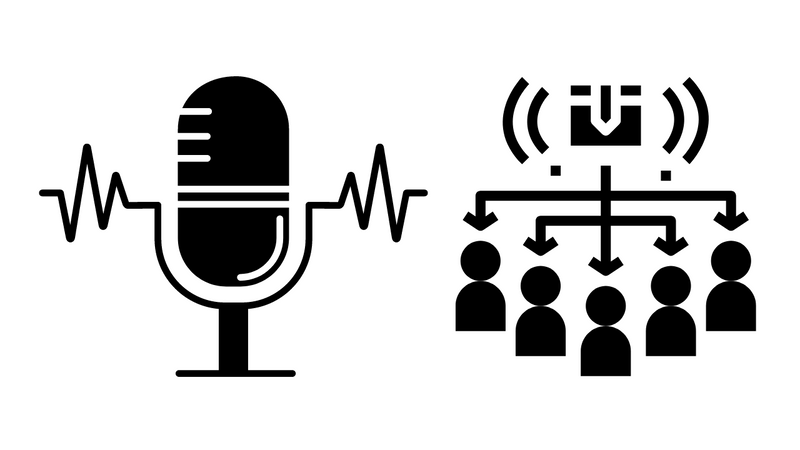There are a lot of ways to distribute music and video over the web, and it's often difficult to figure out which features (and service plans) are essential for you too, the content publisher, to consider. This confusion often content managers to make a choice based on brand or perception –which isn't very scientific. Therefore, he's my cheat sheet on how to evaluate the dozens of streaming services that want to help you distribute your content.
Streaming services are very similar to utility companies who often charge based on a metered service model. If you're not familiar with the term "metered service," here's how it works. When you look at your smartphone bill, you will often see a charge based on the amount of data you use (data cap). The moment you go over that amount, you are charged overages. That's one example of a metered service.
Another example of a metered service is your cable-internet bill, and it's called bandwidth. Bandwidth is often sold as a data plan package such as 300mb/second or 1GB/second. Bandwidth doesn't focus on a data cap; instead, it focuses on the volume of data you consume.
Yet another example of a metered service is the cost of your physical cable modem. If you spend $10/mo to rent a wifi modem, then you're paying for a mount. If you spend another $5/mo to allow your family to connect from 5 devices to 10 devices on that same modem, then you're paying for tethering.
Of course, you can also mix and match these various features into a data package. This is where you'll often see a data package of 2GB cap and bandwidth of 100mb/s with no tethering and a "free modem" for only $59.00/month.
This consumer analogy works almost the same way on the content publisher side, too, with a few more caveats.
- Data Storage is the price you, the publisher, might pay to store your data.
- Data Cap is the maximum amount of data you can publish before you start paying overage fees.
- Bandwidth is the potential amount of data you can send to your users at once. Another word you may hear is throughput, which is the actual amount of data you can send at once. Often, the higher the throughput, the higher the cost.
- Mounts are the number of access points you provide users who may want to connect to your service. Mount points are often organized by a theme such as "region" or "stream quality." Mounts are charged every month.
- Endpoint is the URLs you use to offer access to your data. For example,
http://cnd.domain.com/64bit_music.mp3is one endpoint that provides 64kbps of music andhttp://cnd.domain.com/128bit_music.mp3offers a 128kbps of music. Each endpoint is often billed by the volume of requests.
Radio: How to submit your podcast to iTunes and Spotify
Sometimes you need to self-host your own Podcast files and feed. Here's how using Amazon Web Services.
AWS: How to create your first Alexa skill
How to create your first Alexa skill –with pictures!
AWS Elemental
Amazon acquired a company called Elemental [https://techcrunch.com/2015/09/03/amazon-acquires-elemental-technologies-for-a-reported-500-million-in-cash/] back in 2015 and has now released a suite of products to help broadcasters (big...
